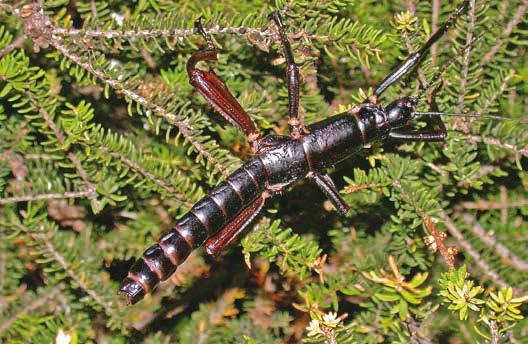
Dealing with data deficiency
Wednesday, 10 August 2016Hundreds of thousands of Australian species are so poorly known that their risk of extinction cannot be determined.
These species cannot be categorised as threatened or not under Australia’s EPBC (Environment Protection and Biodiversity Conservation) Act, and are therefore afforded no conservation protection under the legislation.
Research under Project 5.2 aims to investigate and propose a range of policy and legislative options to better protect these species from extinction, despite limited knowledge about them.
Such legislative options may include a more thorough implementation of the precautionary principle and the inclusion of a “Data Deficient” category in the EPBC Act, which would align Australian legislation with the IUCN (International Union for Conservation of Nature) Red List.
This project will also explore how new tools in the fields of expert elicitation and machine learning can be used to predict which of these poorly known species are most likely to be threatened. It seeks to generalise and develop sound protocols from the specific cases presented in a recent application of expert elicitation used to guide conservation status assessments for poorly known species.
New analytical approaches, such as Machine Learning have recently been used to predict the conservation status of poorly known species by training a set of mathematical algorithms using data on 'data sufficient' species. This new approach may also be explored under this project in order to help to redress the taxonomic bias in conservation assessments.
A range of stakeholders in the Australian Department of the Environment and Energy, in state and territory conservation agencies and the Threatened Species Scientific Committee are integral to this project.
The focus is Australia wide, and for both flora and fauna across all taxonomic groups.
Image: Rutidosis leptorrhynchoides by Harry Rose/Flickr (CC BY 2.0)


